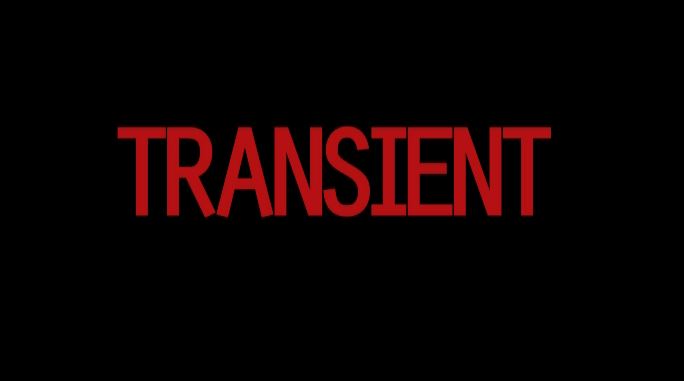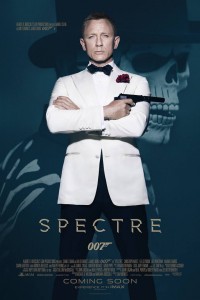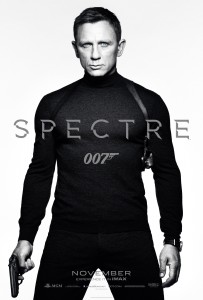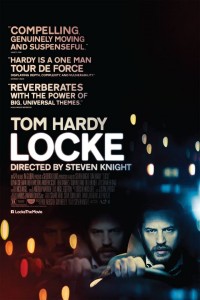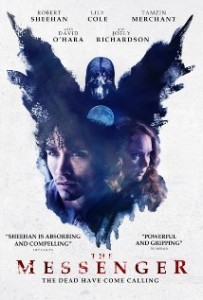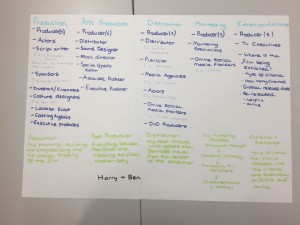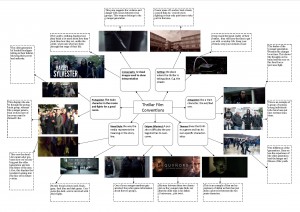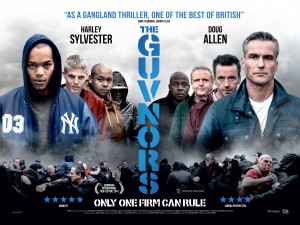For this task we had to review some students previous thriller opening sequence. I chose to use ‘Replicate’ which was made two years ago.
Holding a shot steady
This was clearly shown as both moving and steady shots were presented clearly using a different range of focuses. It fits well with the crawling through the brushes.
Framing a Shot
A wide range of composition was used during the opening of this short clip. For example, the use of close ups and low angle shots. This links in well with the lighting and the background sounds when setting the scene.
Variety of Shot Distances
There was a complete range of shot distances used including cuts to action and jump cuts to show the movement of the antagonist approaching the victim. This is shown when the antagonist is closing in.
Appropriate to Task
I feel that this opening clip represents many conventional features that reflect the genre (thriller). I can see this as the actors are well directed and sustain a good role throughout the thriller opening.
MISE-EN-SCENE
There is clear and coherent design choices for this genre and this links in well with the good choice of setting. The costumes round off the area of Mise-en-Scene as they capture the idea of terror through rips in their clothing, and I also gain an idea that the protagonist was rushed to get dressed or even forced due to time.
Editing for meaning
This is one of the main areas where I feel that this opening of a thriller excelled. I believe that there was a complete narrative sense, excellent visual, rhythmic space and time relationships. The bond between spacing and visual is clearly highlighted through precise editing and cutting of the clips. A good example would be a smooth change in camera angles in the opening scene.
Short Transitions
These transitions are in logical order and are well selected representing the genre, moods and themes. A good example for this is the consistent use of the same sound which created the same mood expected from this genre. It also uses the traditional aspect of suspense which is found in most thrillers.
Sound with Images
The sounds are very strong, in sync with the chosen scene, they also reflect narrative events and rhythm very well. There is a good element of precision throughout. This can be represented by the heavy breathing of the protagonist during her escape.
Using Titles
The titles are conventional and effective, this presented a good sense of professionalism, therefore they echo the genre well. Some titles have been cleverly linked with the changing of a scene or have been included in a dramatic change. For example, swapping from the Protagonist to the Antagonist.
